Is it okay to eat corn infected with fungus?
Huitlacoche is the name of a mold that causes “corn smut,” which thrives on corn stalks. It is a devastating disease that is common in corn-growing areas of the world .
When the fungus lives on the corn plant, it infects all parts, causing the corn kernels to swell like tumors, filled with black powder. This disease is common in corn, also known as corn smut.
On the outside, the corn looks ugly, scary, and looks like it is poisonous, but it is completely harmless and is even a great delicacy in some places like Mexico and northeastern China. In Mexico, the United States, and Europe, people call this corn “Mexican black truffles”.
Mexicans often prepare this corn in various dishes, such as as a filling for tamales, stews, soups and burritos, and sometimes eat it raw.
In northeastern China, people often mix these fungal corns with vegetables such as potatoes, beans, zucchini and eggplant, which is said to taste delicious.
This corn contains many essential minerals, the highest of which is potassium, reaching 5,000mg/kg. Potassium can maintain the acid-base balance in the body, supporting some enzymes in transporting and using energy, synthesizing proteins and metabolizing carbohydrates.
Moreover, the selenium content in this type of corn is quite high, reaching 0.23mg/kg. The human body cannot synthesize selenium itself and must take it in from the outside. Therefore, eating corn infected with this fungus has the effect of preventing cardiovascular disease, anti-aging, anti-oxidation, enhancing immunity, protecting eyesight...
Corn is also rich in protein and amino acids. Depending on the variety grown, the protein content of fungal-infected corn ranges from 10% to 14.5%.
Related studies have shown that corn contains 8 essential amino acids for the human body. What is even more surprising is that the lysine content in corn pathogenic bacteria is quite high, accounting for 6.3% to 7.3% of the total protein.
Researchers also found a range of compounds in corn that have anti-cancer properties, such as cinnamoylphenethylamine, which can fight leukemia-causing agents. In previous studies, one of these tyramines has been shown to treat type 2 diabetes.
Corn infected with fungus was once thrown away by farmers.
In the past, when corn was discovered to be infected with fungus like this, farmers were very scared because it could reduce corn yield. They did not know it was edible so they threw it all away.
In the past, corn blast has reduced yields in U.S. cornfields by about 10%. The U.S. government and farmers have invested millions of dollars in research to try to eradicate the disease and develop resistant corn varieties.
But since discovering that this fungal corn is edible, experts have turned to creating edible flours from it.
Researchers at the University of Wisconsin-Madison also found that while normal corn only brought in a few cents per ear, fungal-infected corn could yield profits of up to 80 cents. So the U.S. Department of Agriculture began conducting trials to encourage farmers in states like Florida to switch to growing and producing fungal-infected corn.
In China, this corn is still grown but rarely due to its increasing disease resistance, so the yield is very rare. The price of this corn on the market fluctuates between 50-60 yuan (167-200 thousand VND)/0.5 kg.
Source


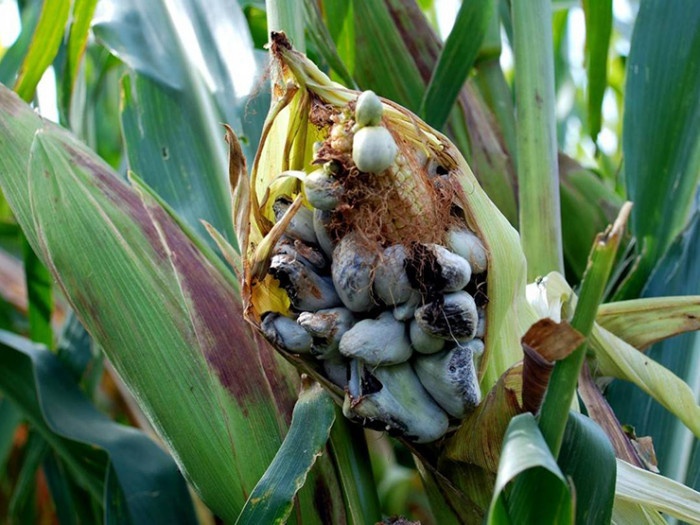

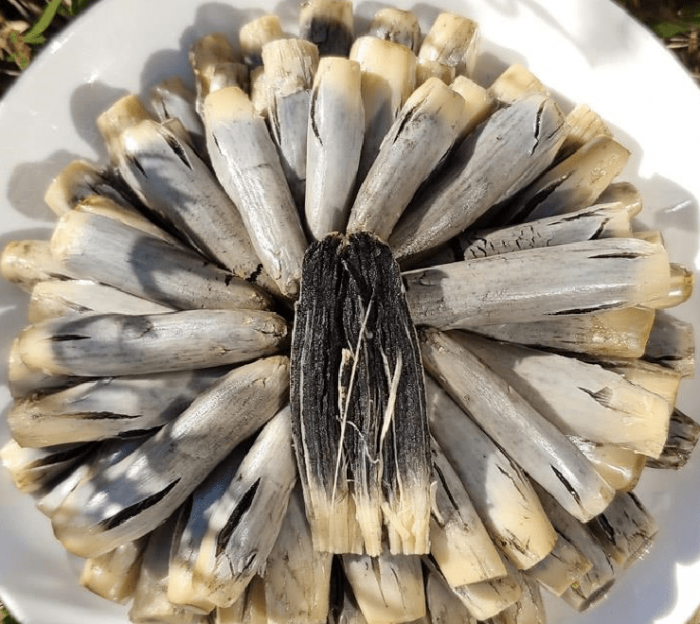
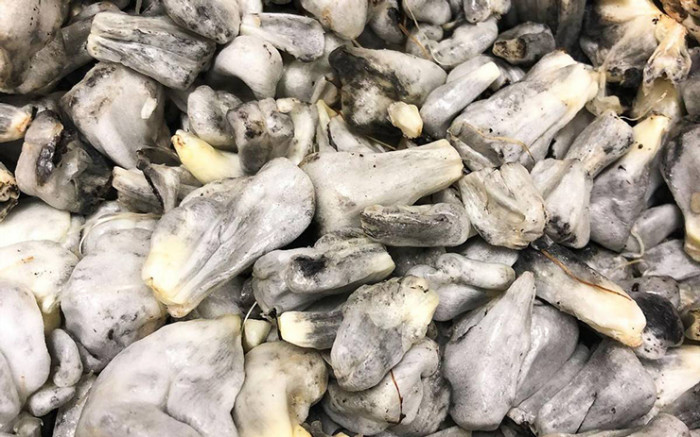
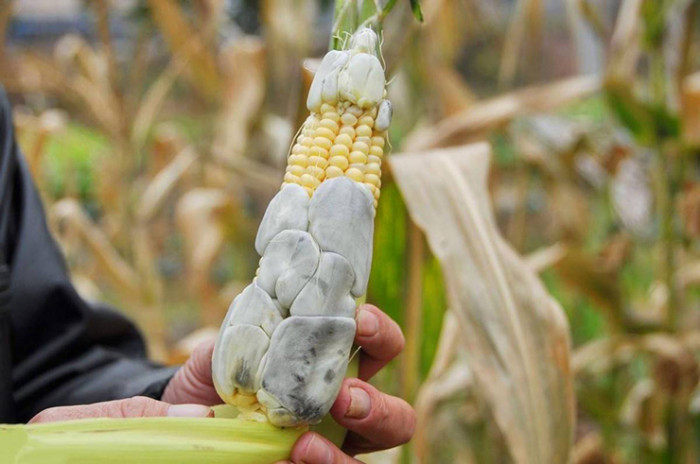
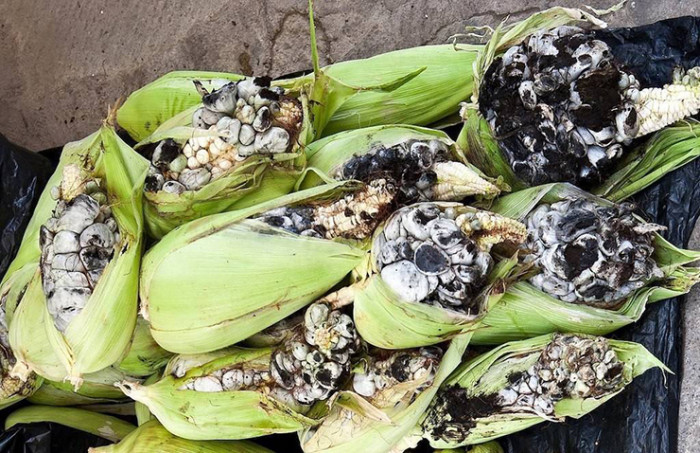

![[Photo] Prime Minister Pham Minh Chinh meets with South African President Matamela Cyril Ramaphosa](https://vphoto.vietnam.vn/thumb/1200x675/vietnam/resource/IMAGE/2025/10/23/1761226081024_dsc-9845-jpg.webp)
![[Photo] President Luong Cuong holds talks with South African President Matamela Cyril Ramaphosa](https://vphoto.vietnam.vn/thumb/1200x675/vietnam/resource/IMAGE/2025/10/23/1761221878741_ndo_br_1-8416-jpg.webp)

![[Photo] Prime Minister Pham Minh Chinh chairs meeting on railway projects](https://vphoto.vietnam.vn/thumb/1200x675/vietnam/resource/IMAGE/2025/10/23/1761206277171_dsc-9703-jpg.webp)

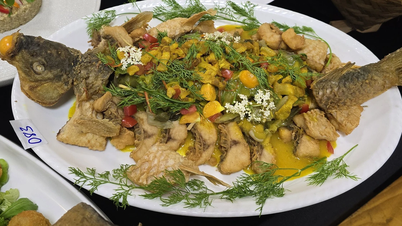








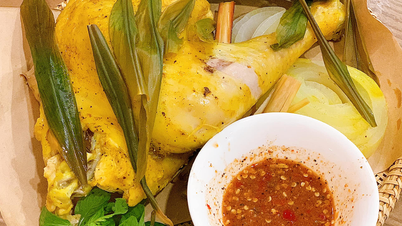






















































































Comment (0)